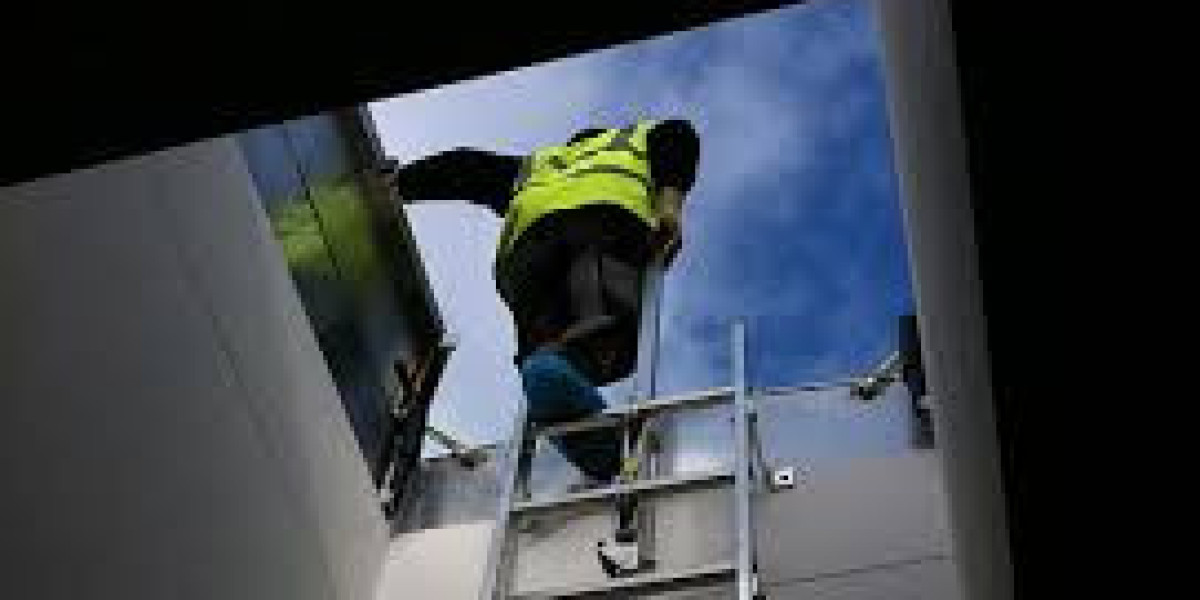Making positive changes to improve safety in the workplace is always a smart move. But here’s the tricky part — real safety success isn’t just about making those changes, it’s about keeping them alive. Far too often, new safety measures fade away after the excitement of implementation. Procedures get ignored, new habits slip, and old risks creep back in.
This article will explain why follow-through is critical after workplace changes, what risks arise when improvements aren’t sustained, and how you can make safety improvements stick for the long term. We’ll also include practical tips, a case story, and leadership advice.
If you’re responsible for maintaining safety systems in your organization, a NEBOSH course in Pakistan can be an excellent investment in your career. It not only teaches how to implement safety improvements but also how to monitor and sustain them over time — a skill often overlooked in many workplaces.
Why Follow-Through Matters After Workplace Changes
Change is often the easy part. Whether it’s updating equipment, refining a process, or improving emergency procedures, most companies manage to roll out new measures reasonably well. The real test begins when the novelty wears off.
Without regular follow-up:
- Employees fall back into old habits
- Safety documents grow outdated
- Training becomes less effective
- New hazards emerge unnoticed
The result? The same risks you tried to fix slowly return — sometimes worse than before.
A Real Story: The Forgotten Guard Rails
A manufacturing facility in Karachi once upgraded its production area by installing additional guard rails along elevated work platforms. Initially, it made a noticeable difference, with fewer slip-and-trip incidents. But within months, maintenance teams removed a few rails during equipment servicing and forgot to reinstall them.
Because there was no follow-up inspection or audit plan in place, nobody noticed. A serious fall occurred, leading to an injury and an expensive investigation.
Later, the safety manager — a professional certified through a NEBOSH course in Pakistan — introduced a rigorous follow-up system for all safety improvements. The lesson? Good ideas without proper follow-through can be just as dangerous as no action at all.
Key Hazards of Neglecting Safety Follow-Through
Let’s be clear: ignoring safety after implementing improvements can be just as hazardous as ignoring risks in the first place. The most common dangers include:
- Reintroduction of unsafe behaviors
- Neglected equipment or controls
- Outdated risk assessments
- Emergency plans no longer suited to current conditions
- Decreased employee morale and trust
Sustaining improvements is essential for long-term safety and business continuity.
How to Sustain Safety Improvements: A Step-by-Step Guide
Keeping safety improvements alive requires a structured, proactive approach. Here’s a practical guide to help you do it right:
Step 1: Assign Accountability
Every improvement needs a responsible person or team to oversee its ongoing performance. Make it clear who’s in charge of monitoring new safety measures.
Step 2: Schedule Regular Inspections and Audits
Put routine checks on the calendar to verify that:
- New procedures are still being followed
- Equipment upgrades remain functional
- Employees stay aware of updated hazards
- Safety signage and emergency routes remain clear
Professionals trained through a NEBOSH safety course in Pakistan learn to design and conduct these inspections effectively.
Step 3: Keep Documentation Updated
Changes must be reflected in:
- Risk assessments
- Safe work procedures
- Emergency response plans
- Training records
Use document control practices to keep track of revisions and make sure the latest versions are in use.
Step 4: Provide Ongoing Training and Refreshers
Even well-trained employees need reminders. Schedule periodic:
- Toolbox talks
- Refresher training sessions
- Safety bulletins
- Emergency drills
The goal is to maintain awareness and reinforce good habits.
Step 5: Gather Employee Feedback
The people closest to the job often spot issues before anyone else. Encourage employees to:
- Report hazards
- Share suggestions for improvement
- Flag when safety procedures aren’t working as planned
This keeps safety improvements practical and relevant.
Step 6: Celebrate Successes
When improvements work, recognize the effort. Highlight reductions in incidents, improved safety audit results, or successful emergency drills. Recognition boosts morale and motivates employees to maintain standards.
Leadership’s Role in Sustaining Improvements
Leaders set the tone for whether safety improvements stick or fade. Strong leadership involves:
- Following up on new safety initiatives
- Regularly reviewing risk assessments and emergency plans
- Allocating time and resources for inspections and training
- Holding teams accountable for compliance
- Promoting a continuous improvement culture
A well-led workplace is one where safety isn’t just a checklist — it’s part of how things get done.
Why Safety Skills Training Matters
Managing workplace changes and sustaining safety improvements isn’t a skill most people are born with. It requires formal training in hazard control, risk assessment, safety documentation, and inspection techniques.
A NEBOSH course in Pakistan equips safety officers, managers, and supervisors with these critical skills. It covers how to:
- Implement hazard controls
- Monitor safety system performance
- Conduct audits and follow-up inspections
- Keep safety documentation up to date
- Lead emergency preparedness exercises
These capabilities are essential for any business serious about long-term workplace safety.
Why Now Is the Right Time to Act
With business environments constantly evolving, risks change quickly. If your workplace made safety improvements six months ago but hasn’t checked on them since, there’s a good chance some gaps have reappeared.
Read more about the current NEBOSH course fee in Pakistan and find out how accessible it is to boost your skills and safeguard your business against preventable hazards.
Final Thoughts
Making safety improvements is important — but sustaining them is where the real value lies. Without consistent follow-through, even the best ideas and measures lose their effectiveness.
Key Takeaways:
- Safety improvements lose value without regular follow-up.
- Old risks return if new measures aren’t maintained.
- Leadership involvement is crucial for sustaining improvements.
- A NEBOSH safety course in Pakistan prepares professionals to implement and monitor safety systems effectively.
- Proactive follow-through protects lives, business continuity, and your company’s reputation.



